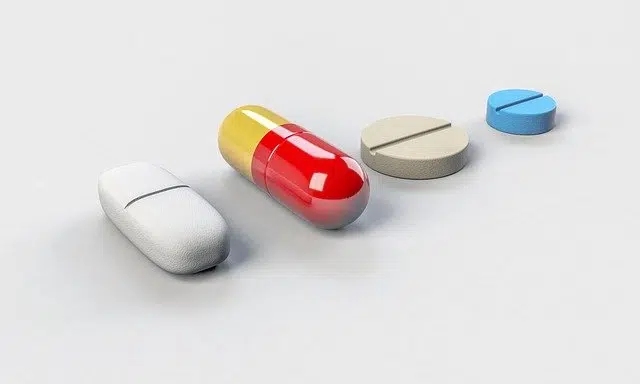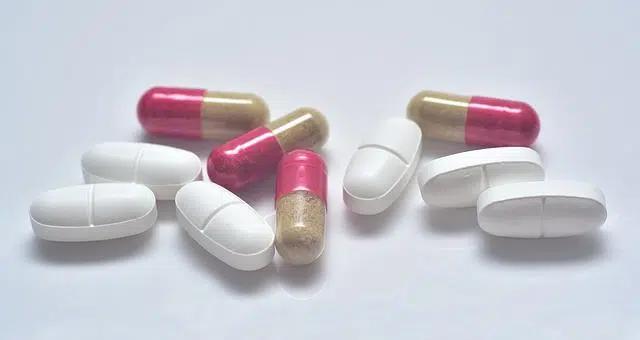
The active ingredient is the component of a remedy that has pharmacological qualities.
The first thing to do in order to establish the meaning of the term active ingredient is to determine its etymological origin. In this sense, we can affirm that the two words that make it up derive from Latin:
-Principle emanates from "principium", which is the result of the sum of three components: "primus", which means "the first"; the verb "capere", which is synonymous with "capture"; and the suffix "-ium", which can be translated as "effect or result."
– Active , on the other hand, comes from “activus”. This Latin word is the superlative of the verb "agere", which is used to indicate "to carry something forward."
Concept of active ingredient
The concept of active ingredient is used in the field of chemistry to name the component that carries the pharmacological qualities present in a substance. This means that the active ingredient of a drug is that which allows you to prevent, treat or cure a disease or other type of health disorder.
An active ingredient, therefore, generates an effect that can be measured in a living being. The substance in question may have animal or plant origin, but it may also have been artificially synthesized by man . The name of active ingredient serves to differentiate these substances from others that may be part of a medicine but do not cause medicinal effects, known as excipients .

Thanks to its active ingredient, a medicine produces an effect.
Training of medications
A medicine, in short, is made up of active ingredients and excipients. The excipients allow the active ingredients to be stabilized or promote their absorption by the body . An excipient, for example, can flavor, dilute, bind or disintegrate the active ingredients.
From the combination of active ingredients and excipients, syrups , pills , capsules , emulsions , dragees , ointments and creams , among other pharmaceutical products, are created.
Effects of active ingredients
The active ingredients can cause various effects in the body. There are active ingredients with anesthetic, analgesic, antibiotic or anti-inflammatory power , among many others.
In this way, a doctor can prescribe his patient medications whose active ingredients will allow him to mitigate pain , fight an infection, reduce inflammation, etc.
Generic drugs
In some countries , doctors are required to prescribe drugs by their active ingredient and not by their trade name, since the active ingredient is the substance that generates the effect on the body. In this way, the medical professional is prevented from influencing a commercial decision of the person, who would go to the pharmacy to buy a brand and not a remedy for its properties.
That is, the so-called generic medications have the same amount of active ingredient as equivalent medications that do have a specific brand and name. This means that they offer the same quality, the same safety and, consequently, identical effectiveness and results.
Precisely the aforementioned active ingredient is quickly noticed in the aforementioned generic drugs. Because? Because its name appears directly on the packaging, along with that of its manufacturer and the acronym EGS, which stands for Generic Pharmaceutical Equivalents. On the contrary, in branded products the name of the brand is listed first and then the name of the corresponding principle.
